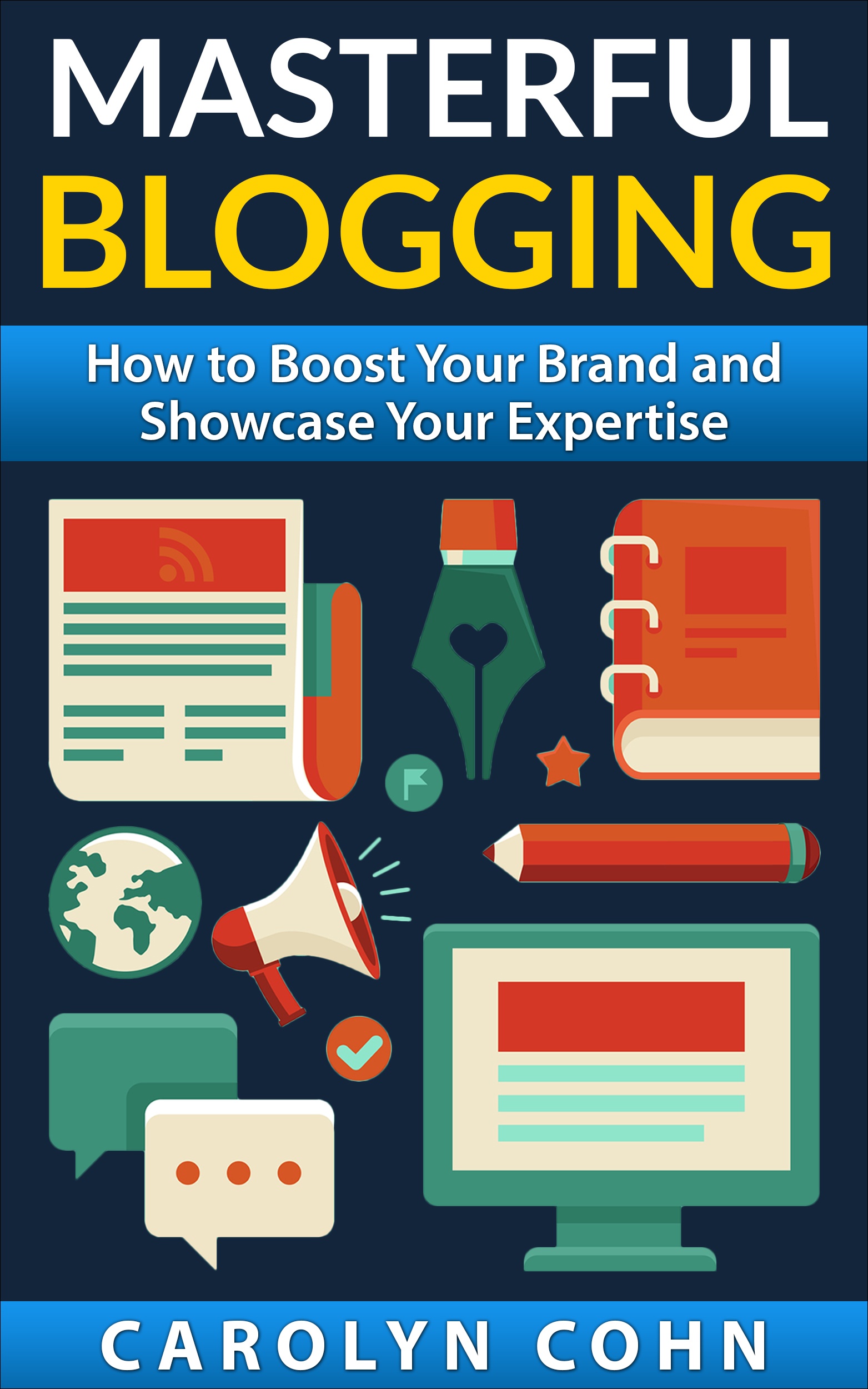Who Determines the Gold Standard of Web Writing?

“All the words I use in my stories can be found in the dictionary – it’s just a matter of arranging them into the right sentences.” Somerset Maugham. As a business person with an online presence, you write for the Web.
It doesn’t really matter which type of business you are in. If you have a website and/or a blog (which the majority of business people do nowadays), you either write the content yourself or you have someone else write the content for you. So, how do you get your web writing to stay consistent and compelling over time?
Which style guide should you follow?
The answers that you get to that question will vary, depending on whom you ask. There are several style guidelines to which web writers defer. Among them are the Associated Press (AP) Stylebook and the much newer Yahoo! Style Guide: The Ultimate Sourcebook for Writing, Editing, and Creating Content for the Digital World.
It is interesting to understand the differences between the style guides and the motivation behind why Yahoo felt compelled to release a style guide when AP has been considered the “gold standard” for such a long time, including the approach on a large number of commonly used online terms. The bottom line for you as a writer is that if you have integrity about the content that you are offering to others, you still care about editing, attribution and the assurance of reliable and credible sources of information.
Yahoo says that their style guide is different because it offers guidelines exclusively for writing on the web and that it discusses web-related topics, including topics on how to help people optimize web pages. The big question is whether AP and Yahoo can work together successfully to truly help people to write their web content and not confuse anyone.
The Associated Press and Yahoo style guides both offer useful guidance for everyone who consults them. The combination of the two books gives comprehensive advice on traditional writing as well as optimization for the web. People may be inclined to go to the AP Style Guide more often because it offers broader guidelines for the English language, grammar, punctuation and usage. The Yahoo style guide, on the other hand, targets a much narrower audience and focuses on the particular needs of certain writers.
Some people are of the opinion that the Yahoo style guide is not necessary because people have deferred to AP for such a long time. However, it is important to think in a more flexible and open-minded manner with the popularity of social media and peoples’ heavy involvement with online communications.
Which style guide should you consider the “gold standard”?
The AP Style Guide has established standards that, if followed, give the writing a journalistic voice, which also works well for the web. Short, clear and concise writing not only appeals to readers of print media but it also appeals to readers of online content. People don’t have the time or the patience to read long, complicated, involved content no matter how it is delivered.
Of course, there is some overlap between the two style guides. The most sensible approach may be to consult the AP style guide first and if there is some issue or question that has not been answered by AP, you should consult Yahoo. In other words, use AP as your primary source and use Yahoo as your secondary source.
Conclusion
Two reputable style guides have been discussed here. Both guides offer valuable advice, with one offering guidance that is more traditional in nature on the whole and one that is more contemporary. They are both essential to achieving consistency in your online writing and in presenting writing that flows, is well written and that appeals to the readers and makes them want to continue reading whatever you and your business offer them.
We are pleased to provide you with the insightful comments contained herein. Please contact us at CompuKol Communications for further discussion on how we might be able to assist you and your team.


